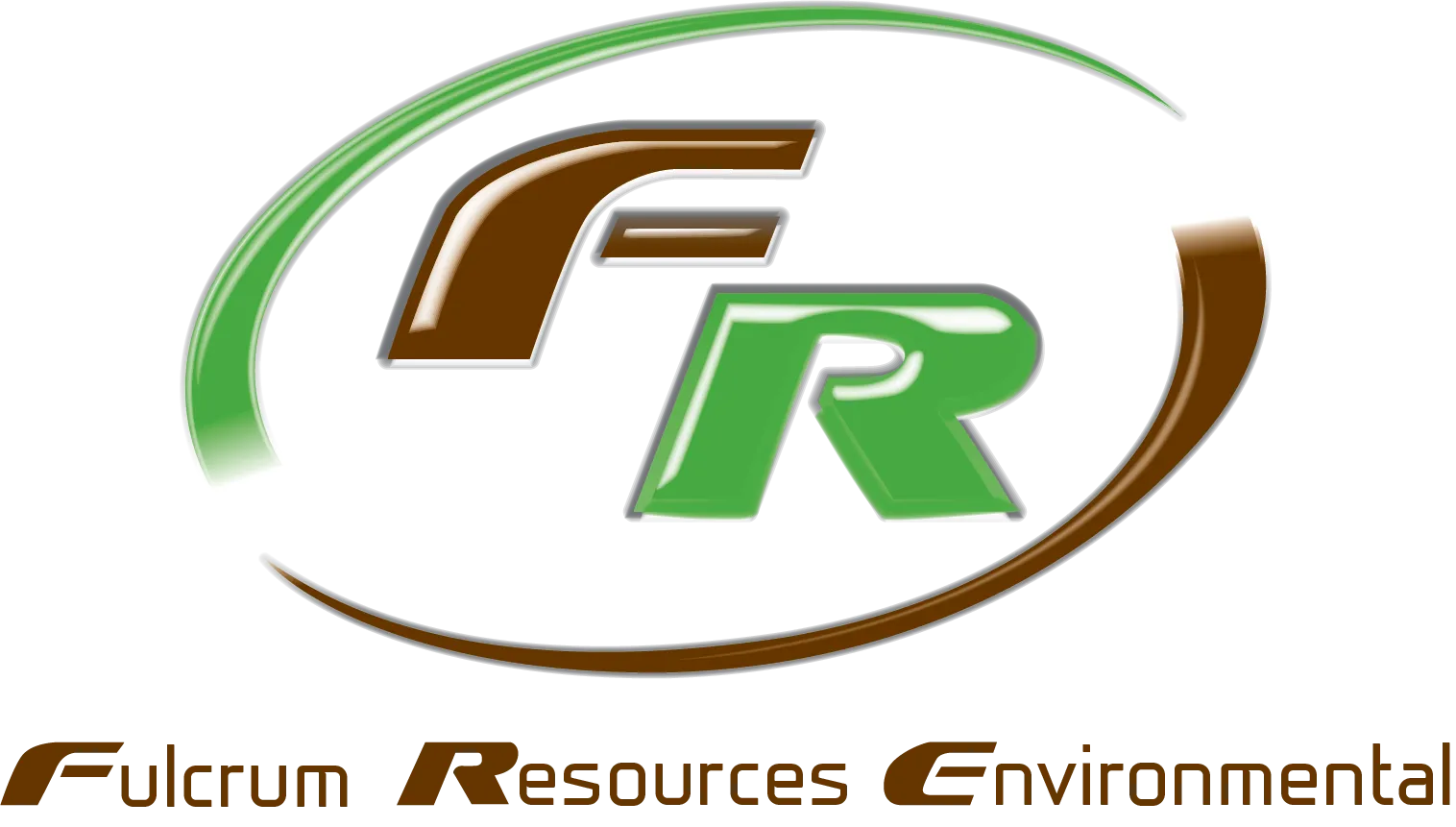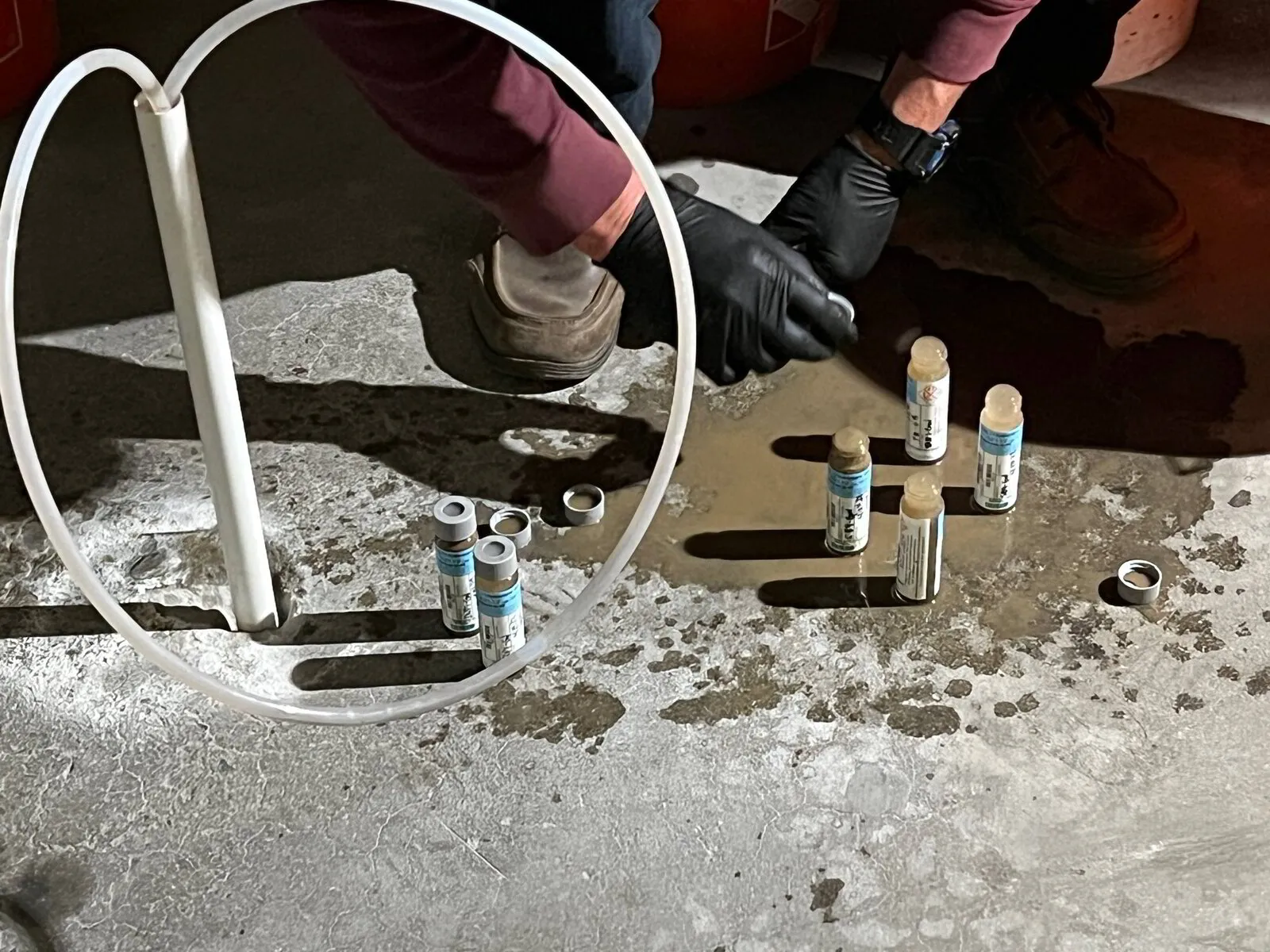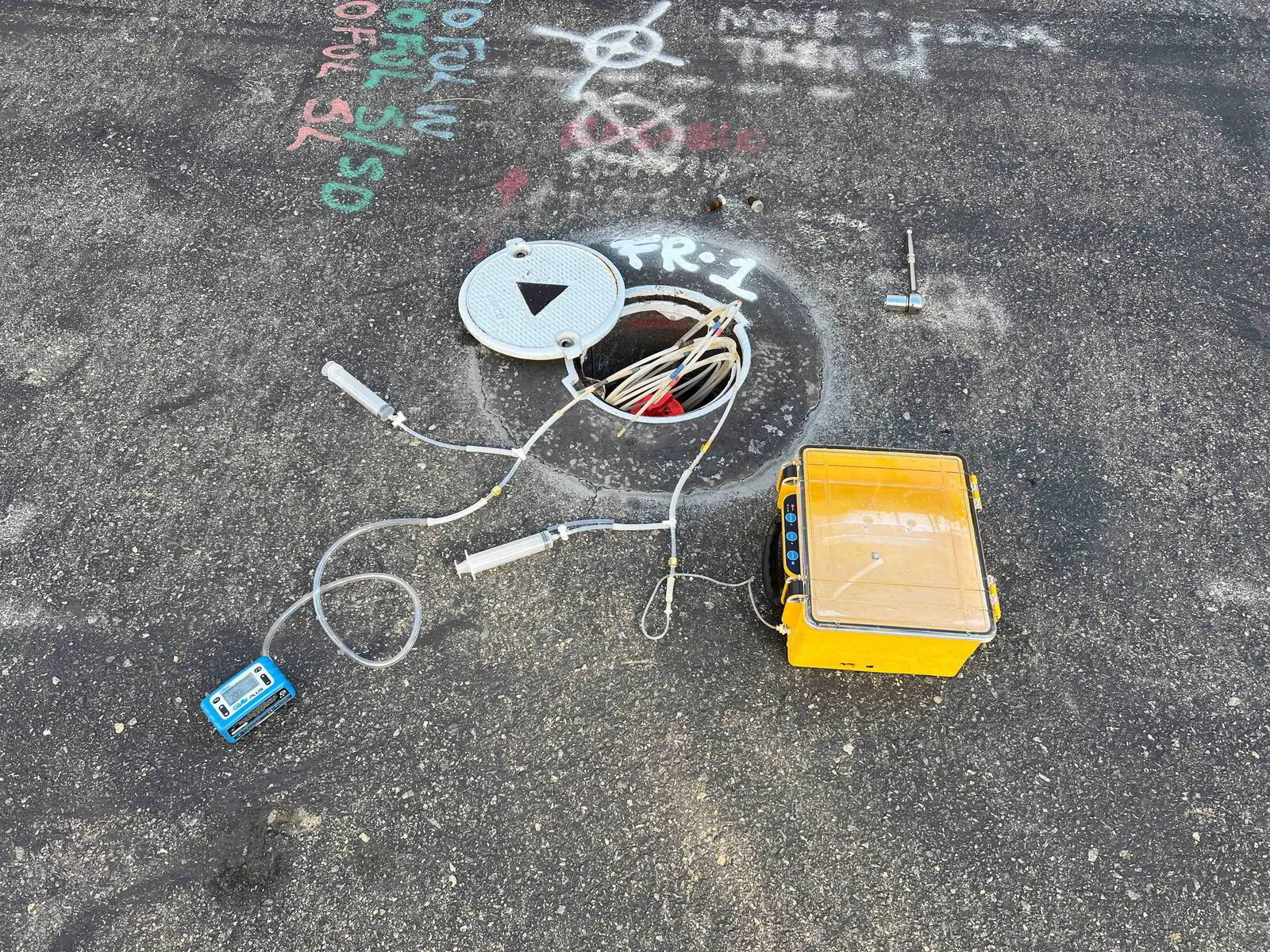Groundwater sampling is commonly used in geothermal exploration to get precise evaluations of the geothermal system.
Groundwater sampling is an essential step in monitoring water quality, understanding recharge, and flowing groundwater systems. Post this, they evaluate the degree of mixing between meteoric water and thermal fluids in geothermal reservoirs. Once groundwater sampling techniques are completed, one must remove the devices and abandon the boring as per local regulations.
The collection of water units from groundwater wells happens in five steps:
Sampling arrangements
Accessing the well before sampling & securing the well after sampling
Measuring the water level
Purging the well
Collecting
Groundwater sampling methods – Purging
General Purging removes stagnant water from a well, immediately before sampling. The process helps in replacement by groundwater from the adjacent formation describing the actual aquifer state. For adequate purging, field analysts must check a pH, specific conductance, and turbidity of the groundwater removed during purging. Analysts apply different purging strategies as per particular conditions encountered for a specific well sampling situation.
Tubing-in-Screened-Interval Method
The “Tubing-in-Screen,” also known as the “Low Flow” method, is performed once purge volumes calculated for the traditional purging method are severe and existing issues related to the timely completion of the project or management of research-derived waste.
For equipment Ideas for Purging Monitoring, well purging is done through plumbing and dedicated pumps or portable pumps/equipment. The equipment used will generally consist of peristaltic pumps and variable speed electric submersible pumps, but may also include bladder pumps or inertial pumps.
In permanent monitoring wells, the water level and total depth should be decided before purging. Attention should be exercised during this method to limit cross-contamination between wells.
The objective of purging wells with in-place pumps is the equivalent, which is to monitor wells without in-place pumps. The process is eventually to collect a groundwater sample representative of aquifer conditions.
Purging creates quantities of purge water or research derived waste (IDW), the disposition of which must be analyzed.
When using the Micro-Purge method, many times, analysts deploy the tubing or pump in advance of sample collection. Adding the tubing or pump into the selected interval is likely to dislodge sediment and other fines that have settled or bridged on the well’s screen material and the gravel pack media behind the screen. If sampling is conducted promptly, turbidity effects may execute this method impractical from a parameter stability standpoint.
To get low flow groundwater sampling or groundwater sampling, please connect with us at Fulcrum. We would be happy to serve you.


